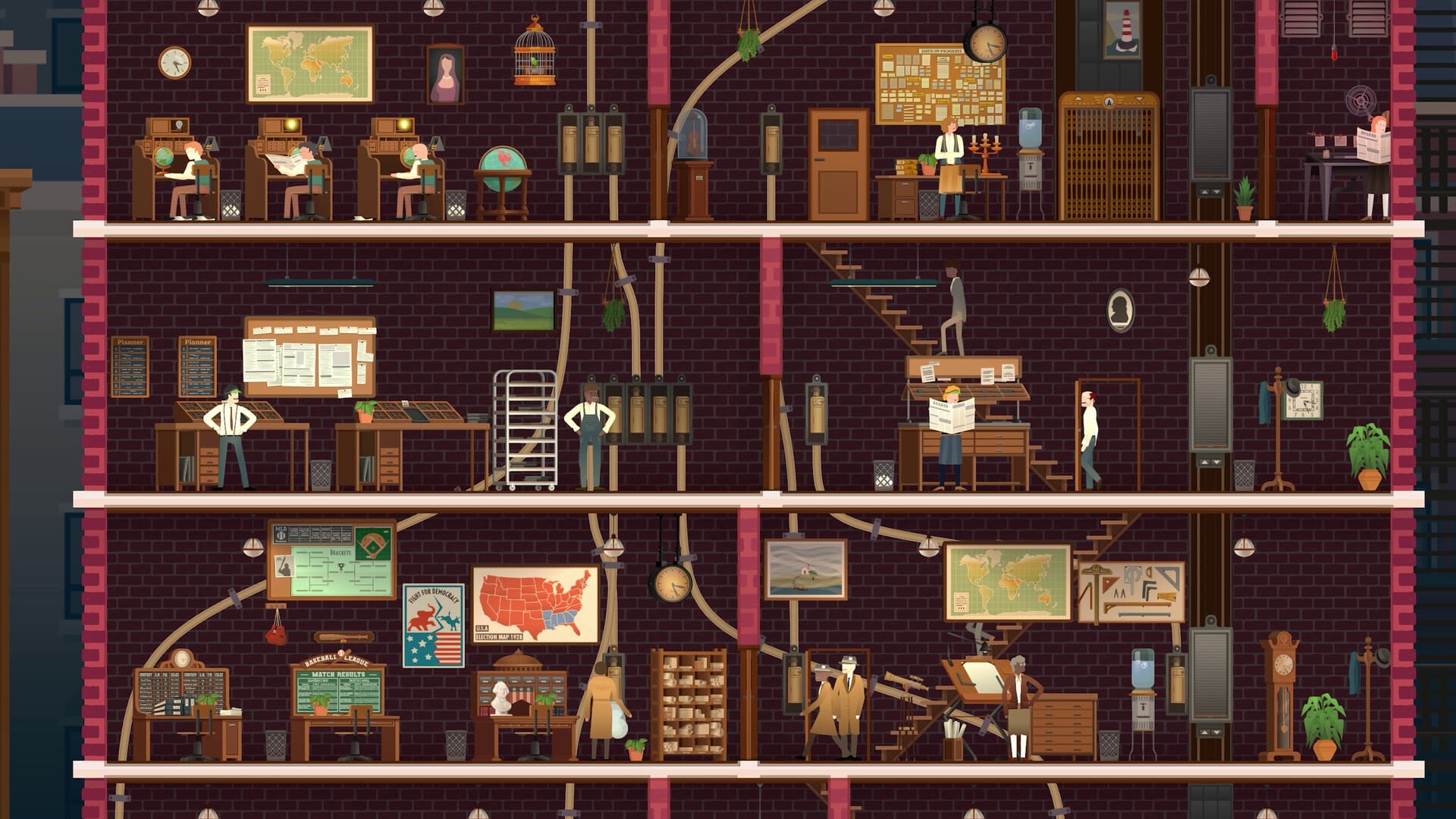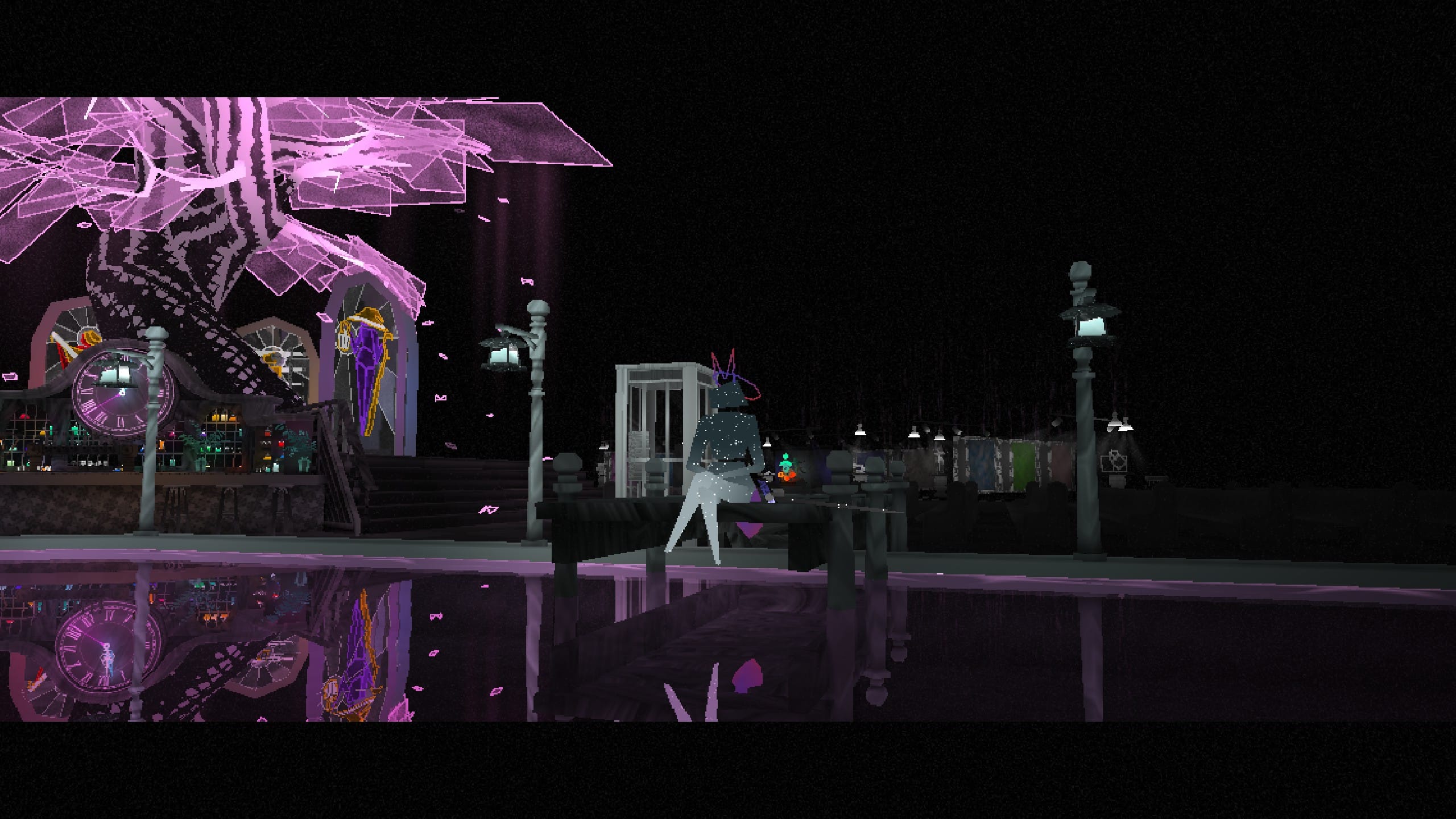Cities: Skylines is hard to fault. It’s efficient. It’s concise. It’s streamlined. It doesn’t have shoe-horned multiplayer. It doesn’t tax your computer. It supports a massive amount of land. It’s cheap. And most of all, it supports a modding community.
Skylines is the SimCity that everyone wanted at a much more aggressive price point. If you’re expecting a modern SimCity 4, here it is. It’s familiar and approachable for SimCity 4 fans, as somewhat of a spiritual successor to Maxis’ city-building empire, the darling of the city building community.

It’s a beautiful game. Colossal Order — the development studio behind Cities: Skylines — doesn’t have the gargantuan budget that Maxis had for the development of SimCity, but it looks just as good. The assets – from the trees to the roads to development – blend together without issue. The terrain is smooth and natural, especially with anti-aliasing. The movement of natural and human forces, from traffic to rivers, is steady. I haven’t had a hiccup on Skylines, even after a few hours of non-stop play.
And yours will likely several straight hours as well. Cities: Skylines follows the same basic formula as SimCity. It teases you with progressively complex development, but cordons these assets behind population goals. The more people you have in your city, the more useful buildings you can develop. You want to keep playing to unlock more and more things. The game is a constant positive feedback loop.
The system is straightforward. If you’ve played SimCity, you can suss out Skylines‘ major elements and flow. You establish residential, commercial, and industrial areas. As your city develops, you gain higher density and office areas. It’s the same basic formula as SimCity. Roads and power lines provides your city with energy. Pipes provide you with water. Balancing power, finance, and water as your main resources, you need to make sure your city doesn’t shrink.

Several micromanagement elements of SimCity are missing from Skylines. You don’t need to build mini-garages for your fire trucks and police stations. You don’t have to build add-ons for every single little thing. Upkeep is straightforward and easy to understand. You can change the effectiveness and efficiency of each government service through city-wide budgets. You can push taxes and reforms, decree pre-set laws and statutes, and place restrictions and tariffs. All this is through the game’s economy panel, allowing a quick and easy way to digest data on your city’s performance.
The game also brings districts. Districts allow you to cordon off sections of the city through informal boundaries. By doing so, you can manipulate production and population. For instance, if you prefer to have a smaller, sprawling sector devoted to forestry, you can define a district for that. For players fixated on organizing their cities into clean, demarcated areas, districts are critical.
In short, Skylines is straightforward. It eschews the tedious micromanagement element of SimCity, opting for a streamlined design language. Skylines prefers a macro approach to city development, focusing on larger, holistic elements. Compared to SimCity’s micro elements (buying individual garages for buses, for instance), Skylines is faster to pickup, easier to manage, and much more friendly for players new to the city building genre. You change the efficiency and budgeting of departments through sliders instead of individual upgrades. The flow of transportation routes are straightforward.
Information is plain and clear. Don’t let Paradox Interactive fool you with their “Constructing your city from the ground up is easy to learn, but hard to master” claim; Skylines is easier than SimCity, and SimCity was already easy enough to begin with.
But there’s something that Skylines has that SimCity doesn’t: a noticeable modding community. I cannot stress enough the importance of mods to a niche game like this. Mods can fix several tedious and problematic elements of the game. It can introduce new layers to the game. It’s Cities: Skylines‘ hidden pareto feature.

Skylines doesn’t have a night mode, meaning that time isn’t contextualized as well as SimCity. Yet there’s a mod for that. It doesn’t have a way to auto-bulldoze abandoned buildings. There’s a mod for that. It doesn’t let you use brushes for trees, meaning in the vanilla version you’d have to plant them one by one. Thankfully, there’s a mod for that. For a game that has a 30 dollar price point at launch, a modding community increases its replayability tenfold. Skylines is the Skyrim of city-building communities, since it can depend upon much of the community to enhance its features and address many of its shortcomings. There’s almost no downside, and a considerable amount of potential.
As difficult it is to fault Skylines, it isn’t perfect. The game’s underlying philosophy in city and town development has the same biases as SimCity. The vanilla (you guessed it, this can be addressed via a mod) game espouses development under an urban ethos. It proposes that the largest and most advanced cities are the ones worthy of the best technology. Progression depends upon the population of your city. Access to the best hospitals, the best police stations, the best schools, and the best features of the game depend upon you conforming to the belief that the best city is a large, tightly-packed metropolis.
Curtailing back on the size of your cities or shifting from a choking concrete sprawl leads to a wave of angry citizens. Significant changes lead to considerable demographic shifts. If you diverge from the big city model, the people yearn for it. They’re never happy. The best way to succeed is almost synonymous with the best way to make money. Like a cancer, the game continues to push you to expand further and further outwards. If you want to build your own Point Place and Twin Peaks, your game is gonna end early. There’s not much of a goal beyond that, and all you can do is watch as your people scurry around in your tiny town. All the while the game will tell you to build more, zone more, and fund more. It’s always more.
Cities: Skylines also doesn’t link the cities together. Though people come and go, you aren’t privy to the other mayors and city managers. People from elsewhere will come to your city to work or play, but you don’t get to visit or communicate with other cities. As forced as SimCity’s multiplayer was, it did influence the single player section by having cities communicate with each other. Cities can depend on one another (or force one another) for money, garbage disposal, water, and power. In Skylines, you’re all alone. How well you do will depend upon how well you can make due with the resources at your disposal. While there’s nothing necessarily wrong with that, it does make a game feel a bit lonely. While people are coming into your city, you don’t get a good idea of where they’re from. You can’t be the envy of all the other cities out there, because there’s not another city to envy you.
It’s a sandbox. The game sits us down at a 6 by 6 feet box and tells us to make sandcastles with it. Sometimes you can see others in the distance, playing with their own little sandboxes, but nobody comes to visit you. You’re all by yourself. And if you’re okay with that, then you’ll be okay with Skylines, because that’s all it is. It doesn’t shy away from that – it’s a single player game and doesn’t try to be anything else.
For those put off by SimCity and jonesing for another run at running your own city, you can’t go wrong with Skylines. It’s a no-nonsense, serious approach to city building, brimming with talent.





